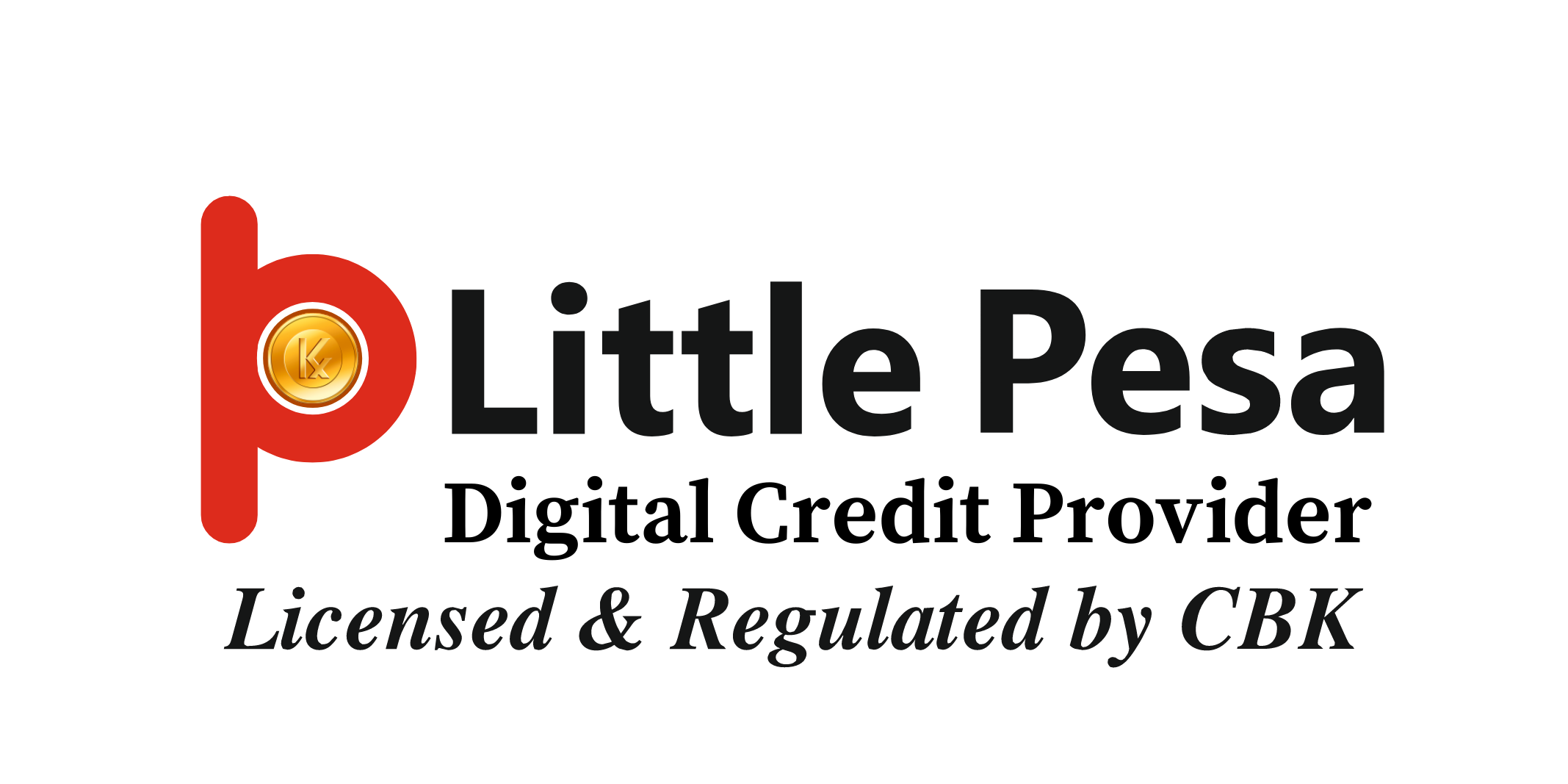Empowering Financial Inclusion and Socioeconomic Progress.
Microfinance was developed by a Bangladeshi economist Muhammad Yunus, who in 1976, established Grameen Bank in Bangladesh, which provided “microcredit,” literally the extension of loans to impoverished borrowers. Before that, banks had generally concentrated only on lending to middle- and upper-income clients.
Yunis’ idea of microcredit caught on quickly. It was so popular that it led to similar microfinance institutions springing up all over the world, eventually evolving into what is today known as microfinance. For his efforts, Yunus won the 2006 Nobel Peace Prize.
Over recent decades, microfinance has developed to now cover a range of financial products such as savings, insurance, payment methods, and money transfers. The core meaning of microfinance still refers to offering and serving small loans to the poor. But microfinance now encompasses a far greater range of financial services than it did when Yunus established the concept. Put simply, microfinance, or microcredit, is a type of banking service that is provided to borrowers or groups who otherwise would have no other access to financial services.
What are the Benefits of Microfinance?
There are literally dozens of benefits for microfinance, but the key pluses involve the role of microfinance in economic development. Banks simply won’t extend loans to those with little or no assets, and generally don’t engage in the small size of loans typically associated with microfinancing. Microfinancing is based on the philosophy that even small amounts of credit can help end the cycle of poverty.
Microfinance, then, may involve very small loans and financial services, but it has a worldwide impact over the last four-plus decades. For a small business or an individual that needs just a bit of extra cash or credit to secure a new opportunity, microfinance may be just the ticket. And for a small lending or banking business looking for new opportunities, microfinance literally offers a world of opportunities – one small loan or financial service at a time.
Apart from extending credit to individuals and businesses small loans without collaterals, Microfinance institutions also score very heavily on the speed with which they are able to extend credit. Mobile loans, in fact, are accessible within seconds.
Microfinance institutions are usually criticized for high-interest rates. We need to understand here that since such institutions extend credit without collaterals and guarantees, the defaults are usually very high. Accordingly, the interest rates need to be higher. Further, the loans are for short periods and relatively higher interest rates do not pinch so much. This does not justify the very high rates charged by some Microfinance institutions.
In short, Microfinance institutions are here to stay. They satisfy urgent requirements of people without collaterals and that too almost instantly.

